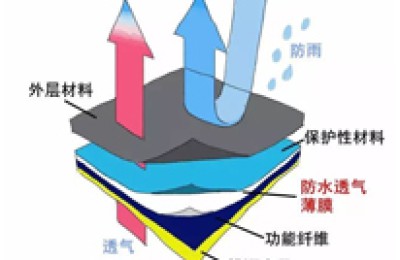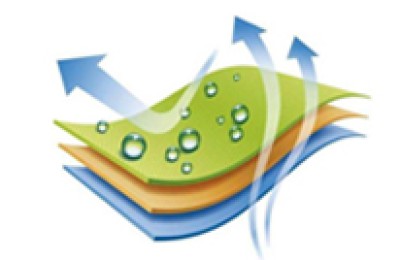Macroeconomics
Cuba is a traditional agricultural country. Its main crops are sugar cane, tobacco, tropical fruits, rice, coffee and cocoa. It is rich in petroleum, mining and fishery resources. Tourism plays an important role in the national economy. According to the new regulations, of the 178 economic activities that self-employed individuals are allowed to engage in, 29 are newly opened and 83 allow hiring labor. In the past, only individual labor was allowed in service industries, but now private individuals are allowed to engage in food processing, brewing, repairing cars, electrical appliances, producing and selling shoes, handicrafts, daily household necessities, birthday and religious items, etc.
In recent years, Cuba’s economy has gradually recovered and its economic development has progressed steadily. According to official statistics released by Cuba, in 2011, Cuba’s gross domestic product (GDP) was 48.586 billion pesos, and per capita GDP was 4,322 pesos. Affected by many unfavorable factors such as the international financial crisis, climate drought, and the declining international market prices of Cuba’s main export commodities, Cuba’s annual economic growth rate was 2.7% in 2011.
Advantages of attracting investment
From the perspective of the attractiveness of the investment environment, Cuba’s competitive advantages are mainly reflected in the following five aspects: Cuba’s political stability is relatively stable; its social environment is stable; its economic growth space is relatively large; its future market potential is large; its geographical location is relatively superior and close to North America, radiating to South America and the Caribbean.
Production and demand
In the entire national economy, the development of agriculture is slower than that of industry, and the development of various departments within agriculture is also unbalanced. Cuba’s planting industry is divided into two categories: cash crops and food crops. Livestock and poultry farming are an important part of Cuba’s agriculture. In recent years, tourism has become Cuba’s key development sector and its largest foreign exchange-earning industry. Cuba is the world’s sixth largest nickel producer. The construction industry is also one of Cuba’s important industries.
In response to economic difficulties, Cuba implemented a “supply card” system in 1962, providing various types of food, including eggs, sugar, rice, cooking oil, bread, etc., to approximately 11.2 million people across the country at nominal prices. Since 2011, Cuba has gradually eliminated the “supply card” but has not yet introduced new regulations to promote foreign investment. In the future, Cuba will continue to adhere to the socialist planned economy.
The wage level in Cuba is relatively low, with the per capita wage in 2011 being 455 pesos (approximately US$19). However, since various living expenses such as housing, education, medical care and home appliances are allocated by the government, residents’ living expenses mainly include food and clothing.
Industry and Trade
Cuba’s protection policies for Chinese enterprises’ investment cooperation include: In April 1995, China and Cuba signed the “Agreement on Encouraging and Mutual Protection of Investments”; in 2007, they signed the “Agreement on Encouraging and Mutual Protection of Investments (Revised)” . Cuba is China’s largest trading partner in the Caribbean, and China is Cuba’s second largest trading partner in the world, second only to Venezuela. In 2011, bilateral trade volume was US$1.95 billion, of which China exported US$1.04 billion and imported US$910 million, a year-on-year increase of 6.4%, a decrease of 2.2%, and an increase of 18.3% respectively.
According to statistics from the Chinese Ministry of Commerce, as of April 2011, the Ministry of Commerce had approved a total of 11 Cuban investment projects in China, with a registered contract value of US$84.96 million.
According to statistics from the Ministry of Commerce of China, China’s non-financial direct investment in Cuba in 2011 was US$76.71 million. By the end of 2011, China’s non-financial direct investment in Cuba was US$146 million, and the main areas involved were agriculture and tourism. , telecommunications, light industry, etc.





